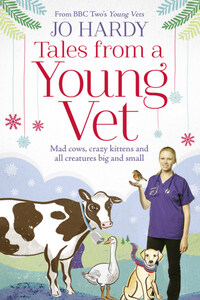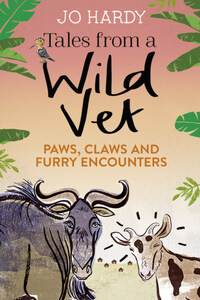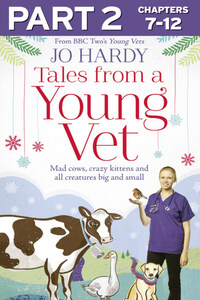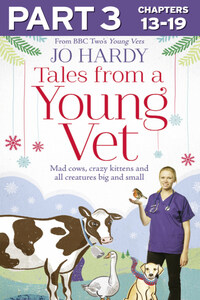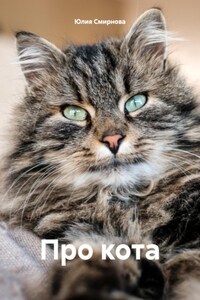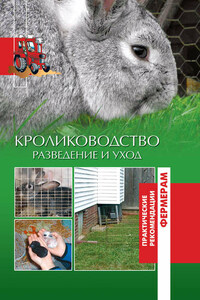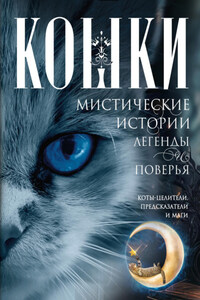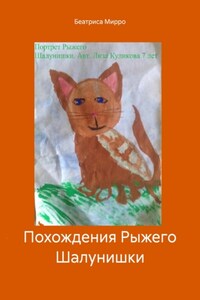Certain details in this book, including names, places and dates, have been changed.
HarperElement
An imprint of HarperCollinsPublishers
1 London Bridge Street
London SE1 9GF
www.harpercollins.co.uk
First published by HarperElement 2015
FIRST EDITION
© Jo Hardy and Caro Handley 2015
A catalogue record of this book is
available from the British Library
Cover images © Sarah Tanat-Jones (animal illustrations); Johnny Ring (photograph)
Cover layout © HarperCollinsPublishers Ltd 2015
Jo Hardy asserts the moral right to be
identified as the author of this work
All rights reserved under International and Pan-American Copyright Conventions. By payment of the required fees, you have been granted the nonexclusive, non-transferable right to access and read the text of this e-book on screen. No part of this text may be reproduced, transmitted, downloaded, decompiled, reverse engineered, or stored in or introduced into any information storage retrieval system, in any form or by any means, whether electronic or mechanical, now known or hereinafter invented, without the express written permission of HarperCollins e-books.
Find out about HarperCollins and the environment at
www.harpercollins.co.uk/green
Source ISBN: 9780008142483
Ebook Edition © November 2015 ISBN: 9780008142490
Version: 2015-09-24
‘Can you help her? Please? She means the world to me. I don’t know what I’d do without Misty.’
Tears filled the eyes of the elderly woman on the other side of the consultation table as she looked down at the small white ball of fur in her arms.
I took a deep breath.
‘Pop her on the table and let’s have a quick look.’
Misty was a little terrier, and she was clearly feeling pretty ill. She lay on her side on the table in front of me, whimpering and panting frantically. Terriers can be real rascals, full of energy, always keeping their owners on their toes, but poor Misty was obviously in a bad way.
I was doing my best to sound confident, but inside I was quaking. It was my first twelve-hour shift in Emergency Critical Care – the equivalent of accident and emergency for pets – at the world-famous Queen Mother Hospital for Animals, and it was my job to assess each new case as it came in and to judge whether the animal could wait for attention or needed to be rushed straight to the Emergency Room – or ER – for treatment.
This was crunch time. As a fourth-year vet student I’d done all the theory, attended endless lectures, written papers and taken exams; in fact, just about everything except take charge of real live animals. Now, I, together with the other 250 students in my year at the Royal Veterinary College, was starting the final year of training – a whirlwind of back-to-back work placements known as rotations in which we’d be taking all that we’d learned in the classroom and putting it to the test in practices, farms, zoos and animal hospitals. We’d be covering everything from surgery to radiology to anaesthesia and tackling a whole range of life-saving procedures for the first time. Each of our three dozen or so placements would be assessed – we couldn’t afford to fail a single one.
I’d started out feeling a mixture of excitement and terror, anticipation and blind panic. What if I blew it, made a wrong diagnosis, failed to spot something vital or just froze? Was I really cut out to be a vet, or had I been fooling myself? It was time to find out. So here I was, in Emergency Critical Care, just three weeks into rotations, in at the deep end, dealing with a non-stop queue of very sick animals with very worried owners and having to make the vital first-stage triage assessments on my own.
That morning I’d got my kit ready – the unwritten vet ‘uniform’ of chinos, flat pumps and checked shirt. Over that went the student’s purple scrub top with my name stitched onto the top left side, plus a stethoscope round my neck, thermometer, scissors, notepad and pens (lots) shoved in my pockets. And a fob watch, because as vets we had to keep our arms below the elbow bare of clothing or jewellery.
Knowing that I’d be on the front line of emergency animal care had kept me awake for a good part of the night. So far we’d had a couple of easy weeks, learning how to take diagnostic images and spending time in dermatology. But now, along with the four other trainee vets in my rotation group, I would be facing a continuous stream of animals, all needing a split-second diagnosis. Animals can’t tell you what they’re feeling, so all a vet can do is look at the presenting symptoms, the animal’s condition and its history and put everything together to try to work out what’s going on.
